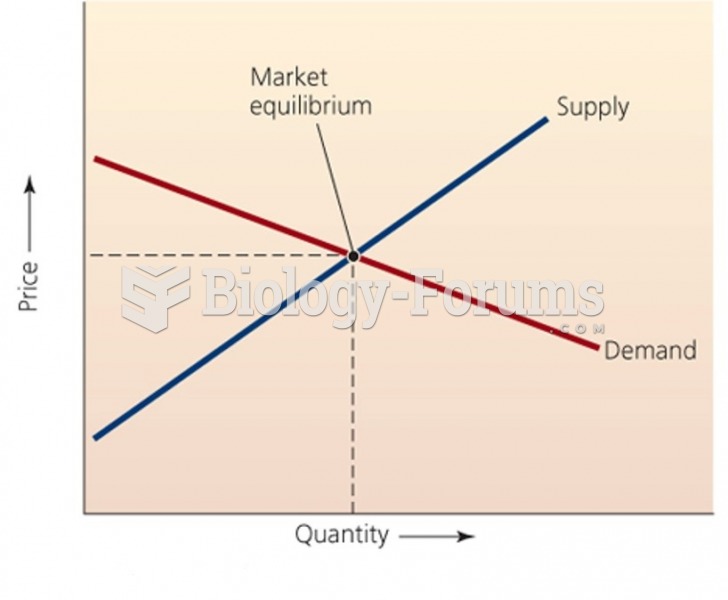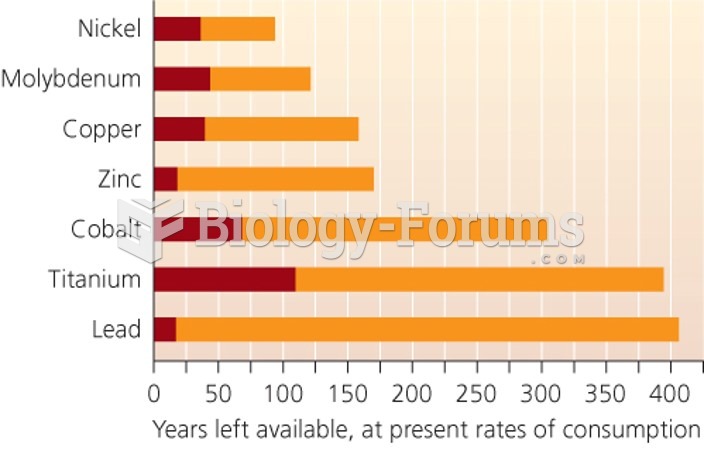Answer to Question 1
The hardware platform refers to the underlying computing equipment that a system will need in order to perform all of the necessary e-commerce functions. You must have enough platform capacity to meet peak demand, without overinvesting in unnecessary and expensive equipment. The question is: How much computing and telecommunications capacity will be enough to meet that peak demand?
On the demand side, the first factor to consider is the maximum number of simultaneous users your site experiences. System performance will degrade as more simultaneous users request service. Processing HTTP requests for static pages is an I/O or input/output intensive operation, meaning that it does not require heavy-duty processing power. However, as customers request more advanced services such as searching the site, registering with the site, filling a shopping cart and checking out, and particularly downloading large multimedia files, much more processing power is required and site performance can deteriorate rapidly. The user profile on your site will help to determine the necessary hardware platform. What types of requests will users on your site make, for how many pages, and for what kind of service? Another factor to consider is the nature of the content on your site. If your site uses dynamic page generation and business logic, as does the shopping cart, the load on the processor increases rapidly. These types of requests are CPU-intensive operations, meaning that they require a great deal of processing power. Any user interactions that require interfacing with a database, such as filling out forms, adding items to the shopping cart, making purchases, or filling out customer questionnaires, require lots of processing power. The final factor to consider on the demand side is the telecommunication link your site has to the Web. The number of hits your site can handle per second depends on the bandwidth connections between your server and the Web. The larger the available bandwidth, the more simultaneous users your site can handle. The connection to the client is also a consideration. As consumers embrace broadband connections, they will be able to make far more frequent requests and will demand richer content from your site. This increased demand will mean that additional capacity requirements may be needed.
After you have estimated the present and future demands you expect your site to have, you will have to look at the supply side considerations. First and foremost is scalability. How will your site be able to increase in size as demand warrants? You can scale your site vertically by upgrading the servers from single processor to multiple processors. The drawbacks are that this can become expensive with each growth cycle and that the site becomes overly dependent on just a small number of powerful machines. You can scale your site horizontally by adding multiple single processor servers and balancing the load among many servers.
This can be less expensive as you can use older PCs that would otherwise be discarded, but you will have to purchase special load-balancing software. The main drawbacks are that the size of the physical facility must increase and that there is added management complexity. Perhaps the best method for meeting the demands for service on your site is to improve the processing architecture of your site by splitting the workload up into I/O-intensive and CPU-intensive operations. Then you can fine-tune the servers to handle each type of workload. You can add RAM to servers that will store the HTML pages, reducing the load on the hard drives, and move the CPU-intensive activities to high-end multiple processor servers that are dedicated to handling a particular task such as order processing and accessing the necessary databases. These steps will enable you to reduce the number of servers required to handle your peak demand.
Answer to Question 2
D







